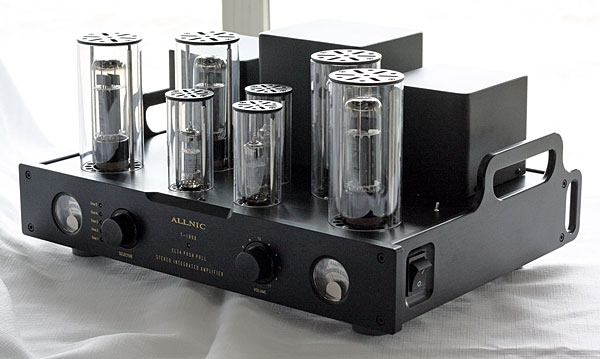| Columns Retired Columns & Blogs |
"few purely orchestral recordings in the RCA Living Stereo catalog are worth dying for, owing to a lack of conductors in that label's employ who were artistically distinguished as opposed to merely technically capable"
Wow! Nice to see a music writer (of Stereophile of all things) telling it like it is, finally... Bravo!








































